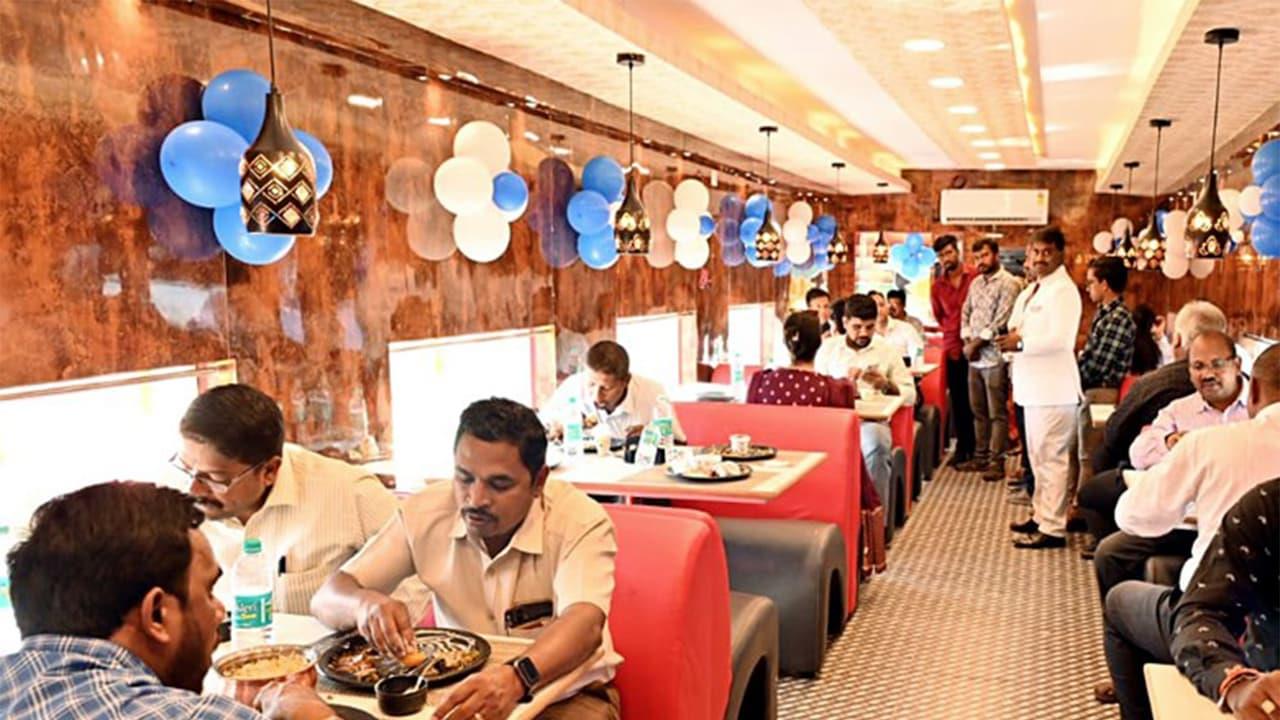Tier-II Indian Cities Emerging Growth Hubs For Restaurants, Dining Out Becoming Lifestyle Among Gen Z: Report
Tier-II cities in India are fast emerging as the next growth frontier for restaurants as dining out is no longer an occasional indulgence but is becoming a lifestyle, especially among Gen Z, according to a report by Grant Thornton Bharat. The report noted that rising consumer spending, favourable cost structures, and better infrastructure are making Tier-II cities an attractive alternative to metros stated "Tier-II cities are fast emerging as the next growth frontier for restaurants". However, it added that winning in these markets requires more than ambition and calls for careful format choices, operational discipline, and a long-term view.
The report data highlighted a substantial shift in consumer behaviour in Tier-II cities. Dining out, which was once an occasional indulgence, is now part of everyday lifestyle choices for Gen Z and millennials, who make up a significant portion of the consumer base. With average monthly incomes nearing metro levels, consumers are increasingly open to experimenting with new cuisines and formats. The report further pointed out that digital engagement is also on the rise in Tier-II cities. Over 72 per cent of consumers are receptive to foreign recipes, while 33 per cent follow food and beverage brands online.
This reflects a growing appetite for branded experiences and a readiness to engage with differentiated offerings the economic side, the report highlighted that average monthly incomes in Tier-II cities are approaching metro levels, resulting in higher dining-out spends. At the same time, commercial leases are significantly cheaper at INR 200-250 per square foot compared to INR 1,800-2,200 per square foot in metro cities. This enables operators to enter new markets with lower capital investment report also shared that Tier-II cities are emerging as cultural and economic hubs, with pilgrimage tourism acting as a key growth driver.
Cities such as Prayagraj, Varanasi, Puri, and Shirdi are witnessing higher footfall not only from devotees but also from investors and hospitality brands responding to the need for structured and reliable experiences.
The report also shared strategic recommendations for restaurant operators. It includes calibrated growth with local intelligence, building consumer loyalty through local resonance and brand aspiration, designing for operational efficiency and long-term viability, elevating talent to drive consistency, building scalable supply chains, and using AI for operational intelligence to the survey, 94 per cent of respondents plan to expand within their current Tier-II city or into other Tier-II and Tier-III markets, signalling that the next wave of growth for India's restaurant sector is unfolding beyond metros.
(Except for the headline, this story has not been edited by Asianet Newsable English staff and is published from a syndicated feed)
Legal Disclaimer:
MENAFN provides the
information “as is” without warranty of any kind. We do not accept
any responsibility or liability for the accuracy, content, images,
videos, licenses, completeness, legality, or reliability of the information
contained in this article. If you have any complaints or copyright
issues related to this article, kindly contact the provider above.
Most popular stories
Market Research

- Chicago Clearing Corporation And Taxtec Announce Strategic Partnership
- Everstake Expands Institutional Solana Services With Shredstream, Swqos, And Validator-As-A-Service
- Japan Smart Cities Market Size Is Expected To Reach USD 286.6 Billion By 2033 CAGR: 14.6%
- Alchemy Markets Launches Tradingview Integration For Direct Chart-Based Trading
- Blackrock Becomes The Second-Largest Shareholder Of Freedom Holding Corp.
- Pluscapital Advisor Empowers Traders To Master Global Markets Around The Clock





















Comments
No comment